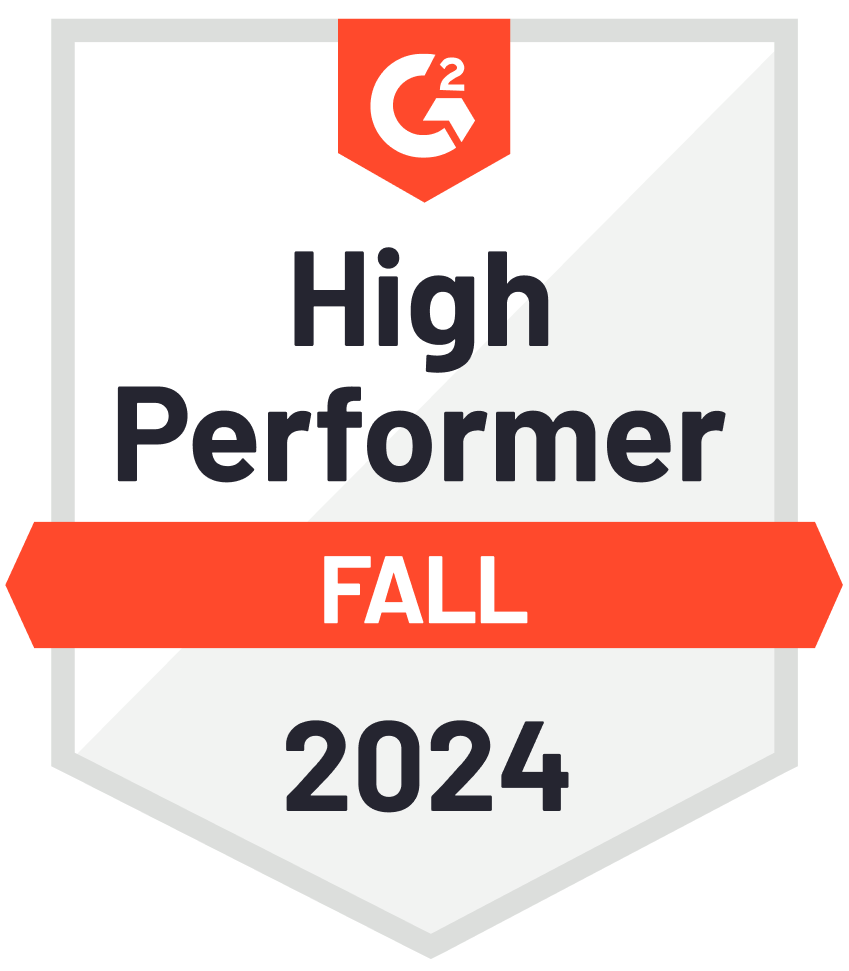Frequently Asked about Game Animator
What skills and qualifications should a Game Animator possess?
A Game Animator should have strong technical skills in industry-standard software such as Autodesk Maya, 3ds Max, Blender, or similar tools.
They should have a deep understanding of animation principles, including timing, weight, and motion dynamics.
Knowledge of rigging and character setup, as well as experience working with game engines like Unity or Unreal Engine, is essential. They should also have proficiency in implementing animations directly into the game engine and optimizing them for performance.
Additionally, soft skills such as creativity, problem-solving, attention to detail, and collaboration are highly valuable, as Game Animators often work closely with designers, artists, and programmers to achieve the desired animation quality.
What is the difference between a Game Animator and a Character Animator?
While both roles focus on creating animations, a Game Animator’s responsibilities are broader, as they not only animate characters but also bring to life creatures, props, and environmental elements.
Game Animators must consider the interactive nature of games, which requires a deep understanding of how animations interact with gameplay mechanics and user input.
On the other hand, a Character Animator is more specialized, focusing solely on creating lifelike movements and expressions for characters, often in non-interactive mediums like films or TV shows.
Game Animators are also required to work more with technical constraints, such as frame rates and polygon limits, to ensure that animations run smoothly within the game engine.
How can employers evaluate the quality of a Game Animator’s portfolio?
Employers should look for diversity and quality in animation samples that showcase various types of motion, including walk cycles, combat moves, and facial expressions.
It’s important to assess whether the animations demonstrate an understanding of weight, timing, and fluidity.
Employers should also pay attention to how well the animations integrate into a game environment, which can be evaluated if the portfolio includes in-game footage or animations implemented in an actual game engine.
Additionally, reviewing the Animator’s work on both humanoid and non-humanoid characters, as well as props or environmental animations, can provide a clearer picture of their versatility and skill set.
What is the typical career path for a Game Animator?
A Game Animator typically starts in an entry-level position such as Junior Animator, focusing on simpler tasks like basic character motions and assisting senior animators.
As they gain experience and develop their skills, they can advance to roles like Mid-Level or Senior Animator, where they take on more complex projects, such as creating detailed character animations and leading the animation of entire scenes or gameplay features.
With further experience, a Game Animator can move into Lead Animator or Animation Director roles, overseeing a team of animators, providing creative direction, and ensuring the animation quality aligns with the project’s vision.
Additionally, some may choose to specialize further or transition into related roles like Technical Animator or Character Rigger, depending on their interests and skills.







